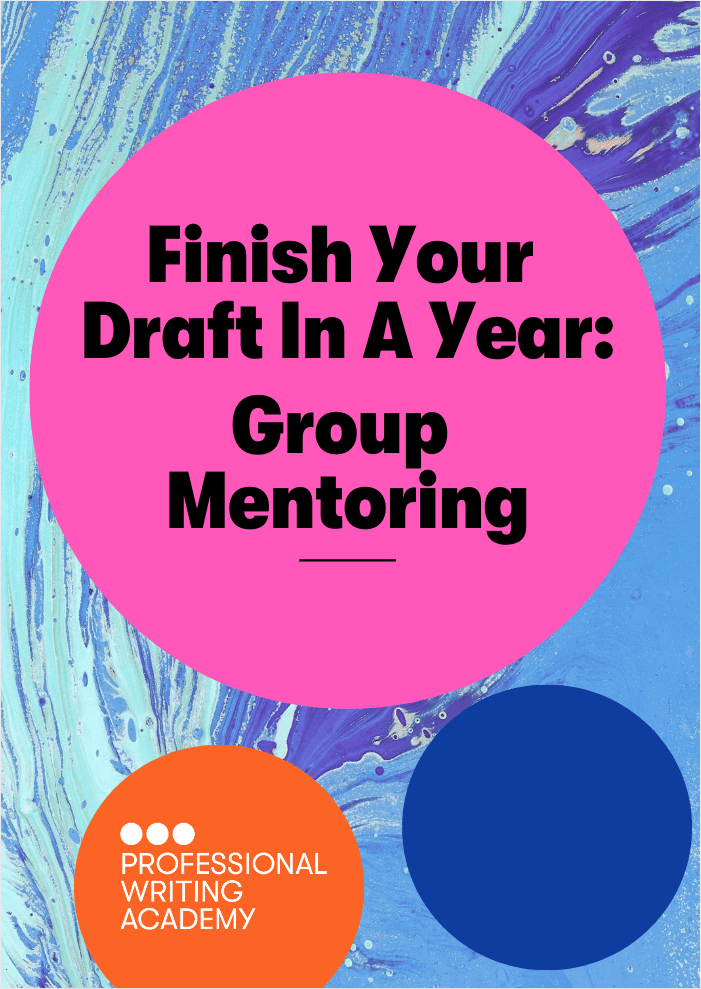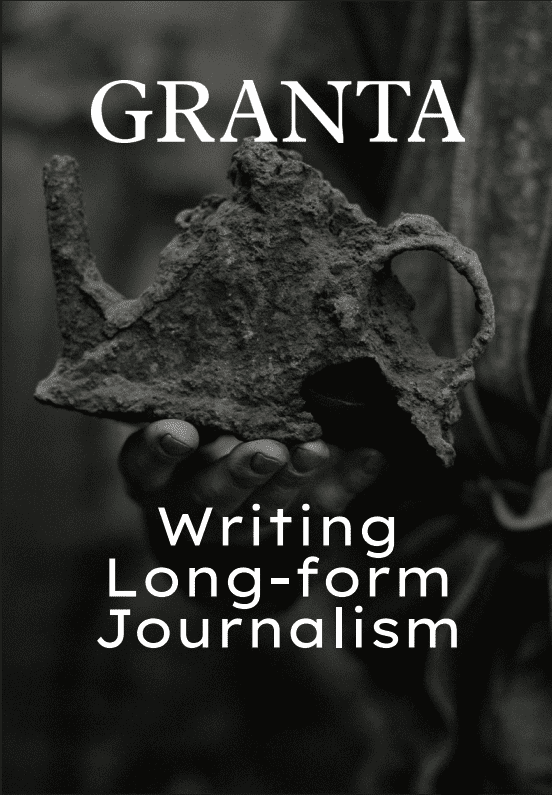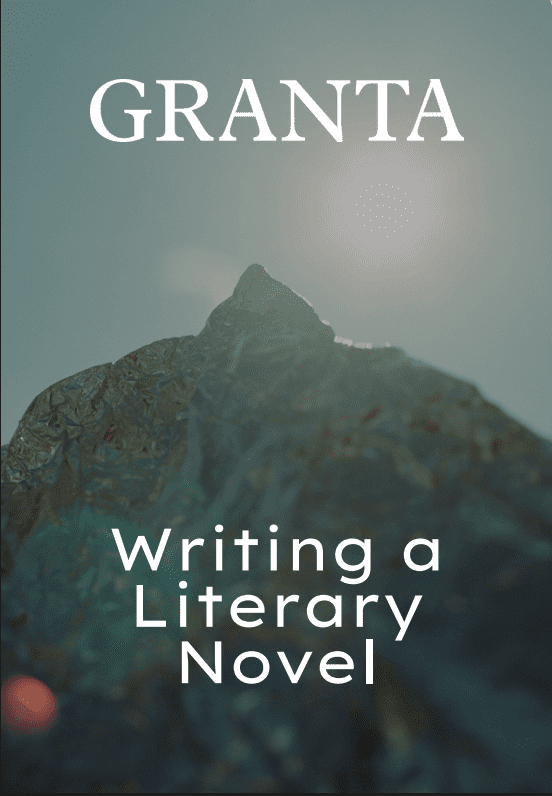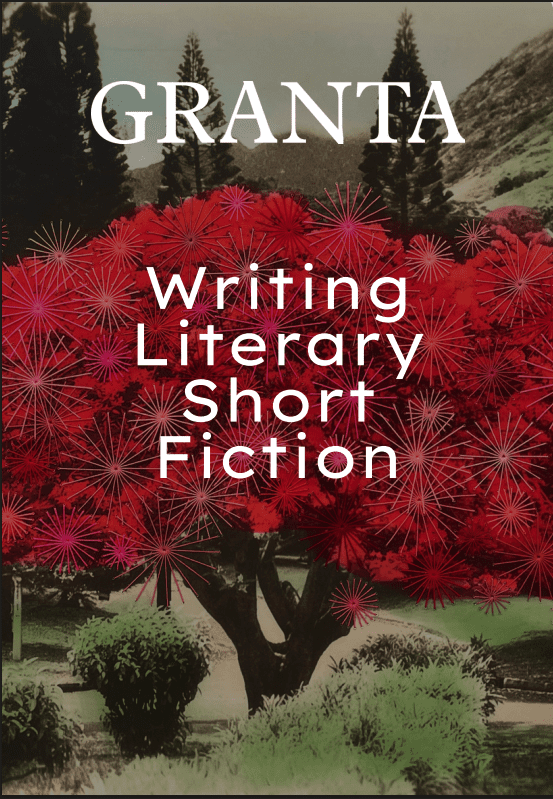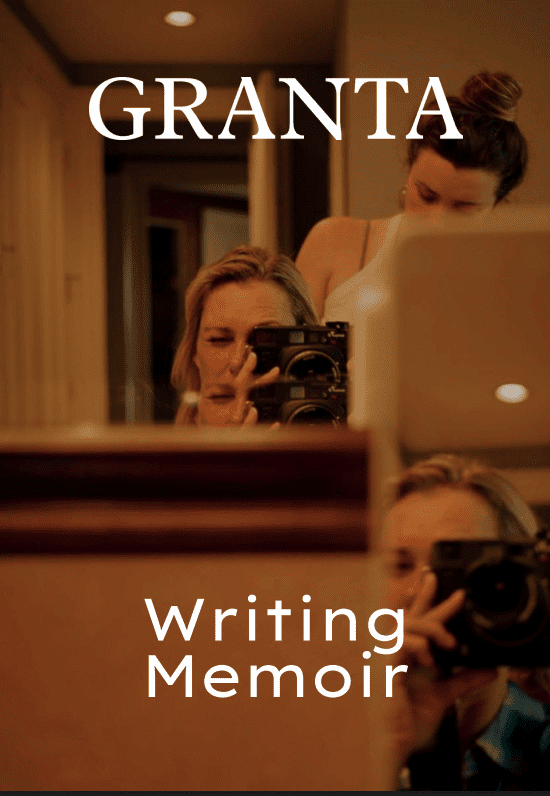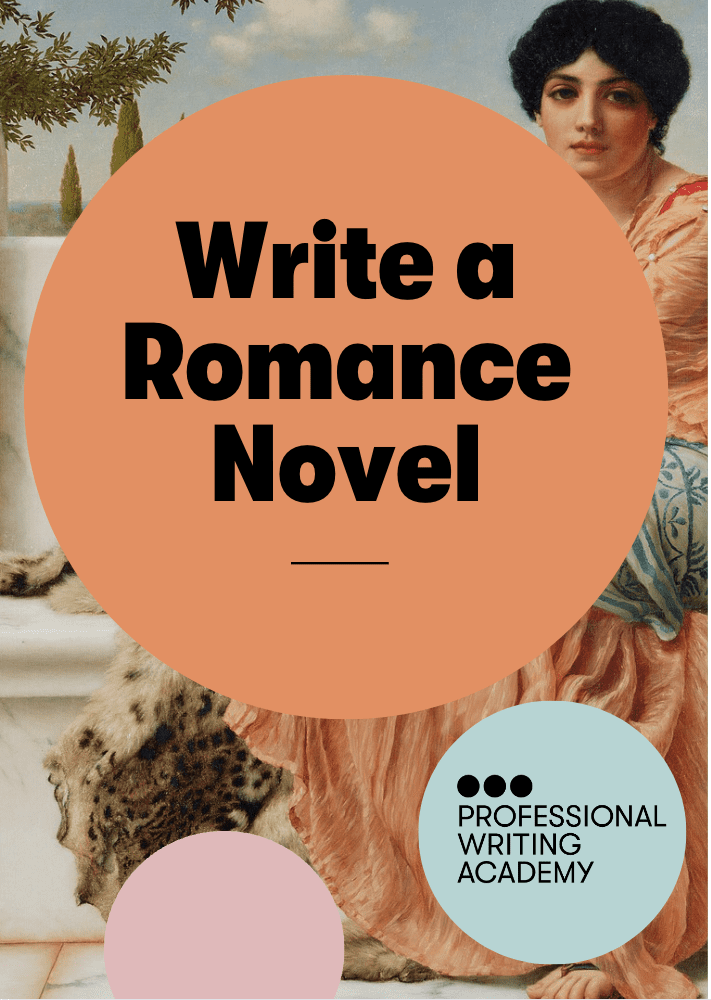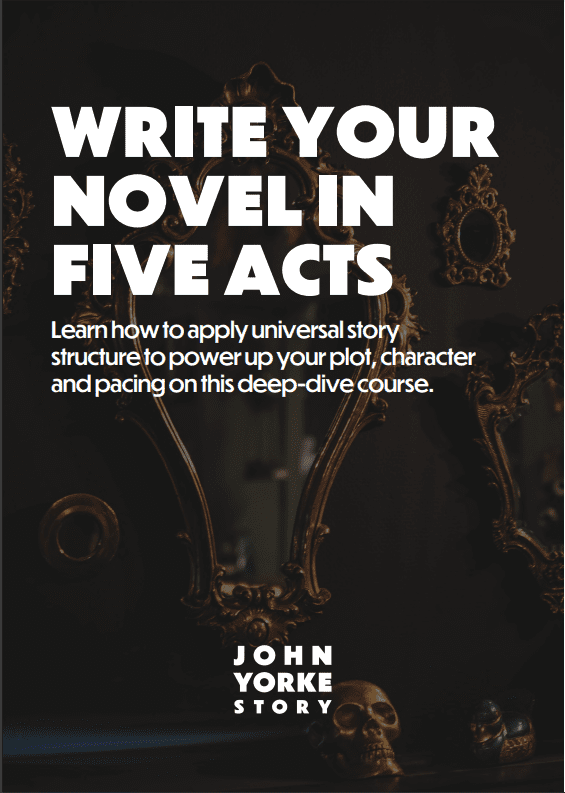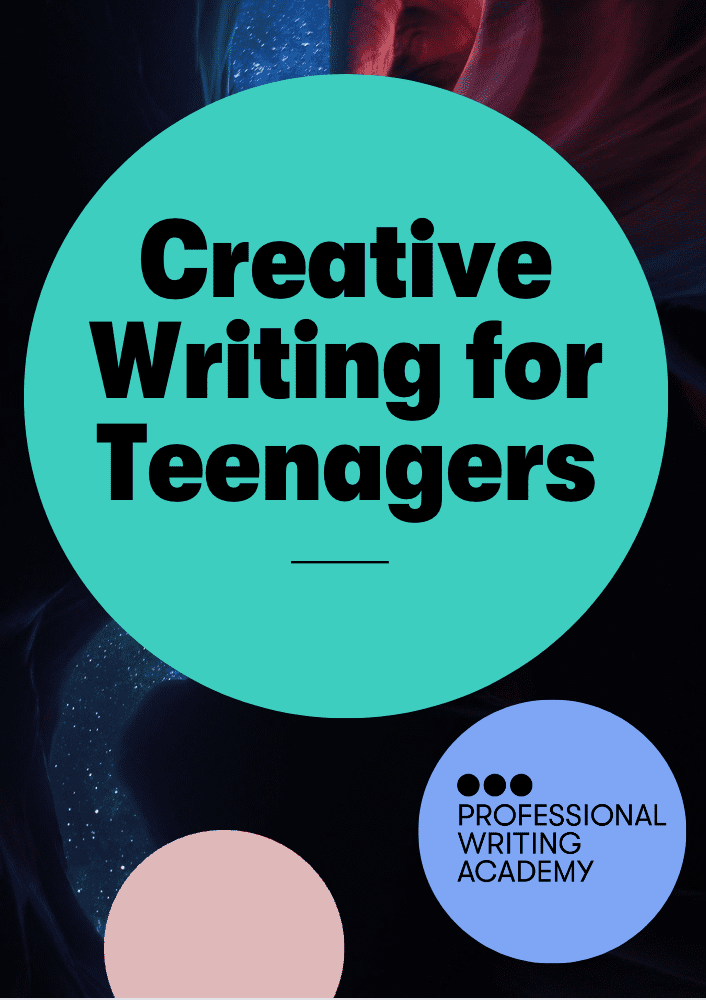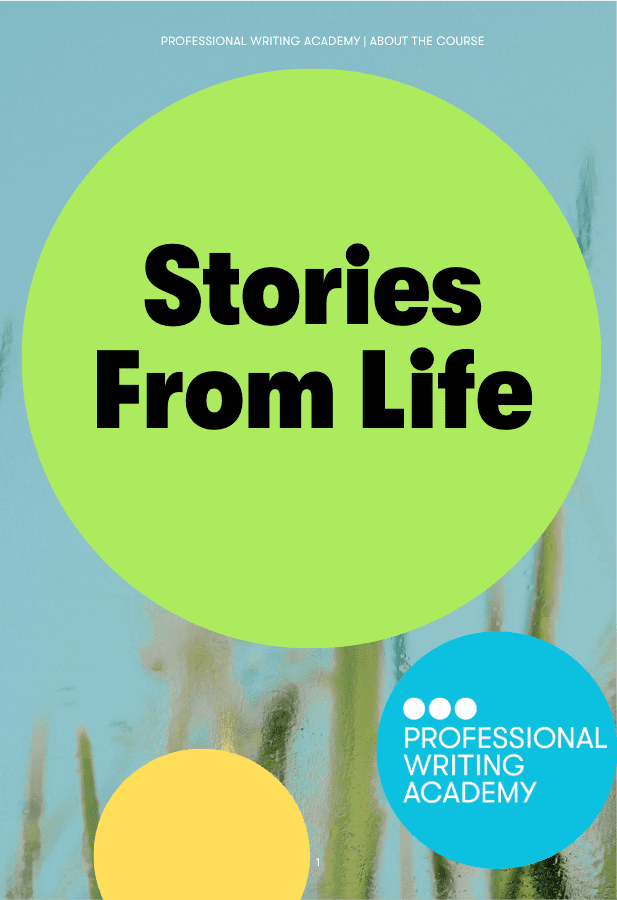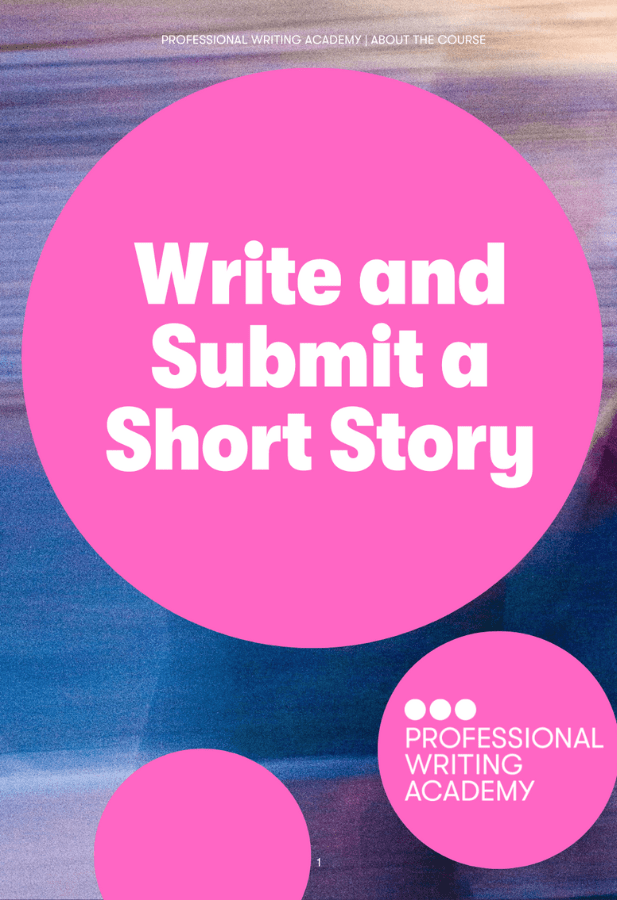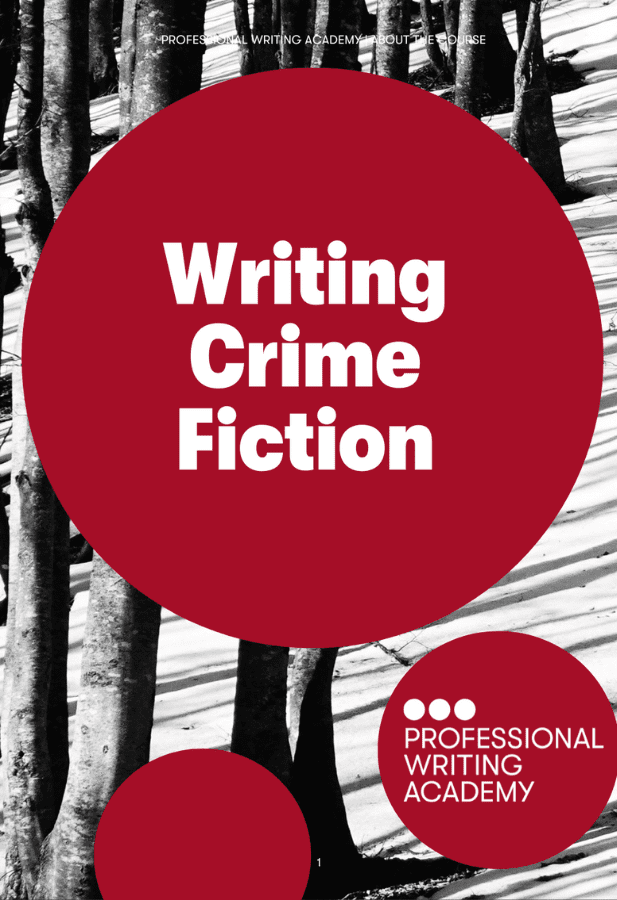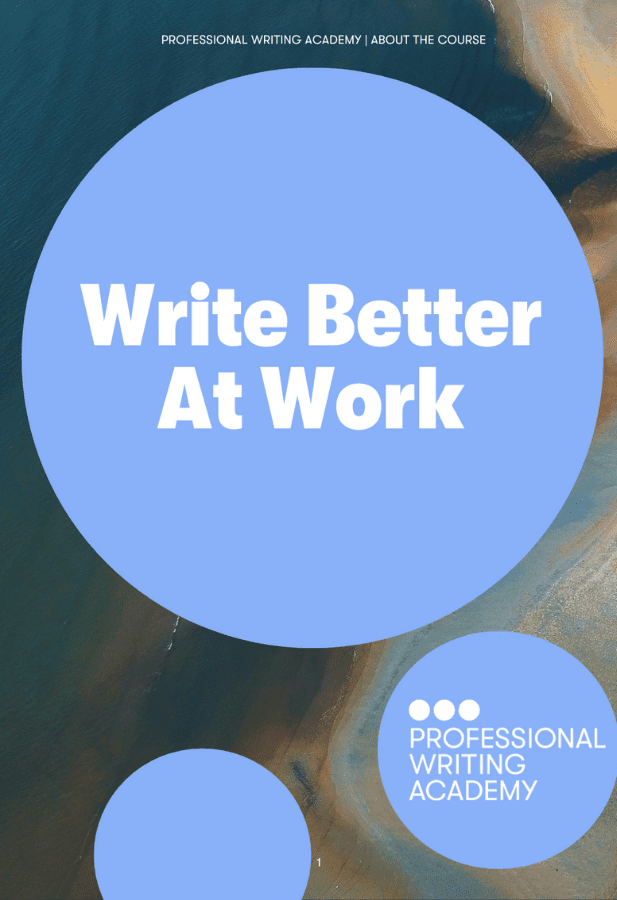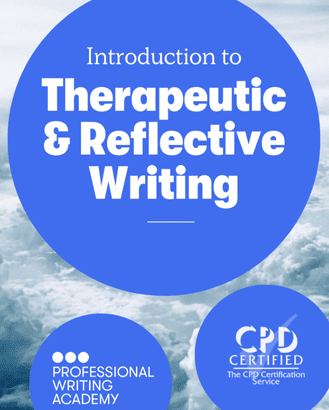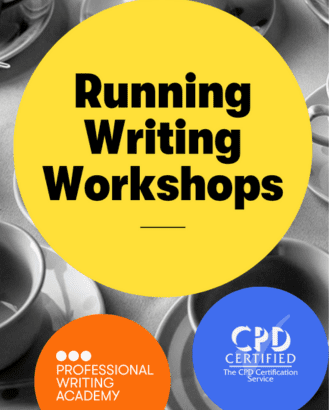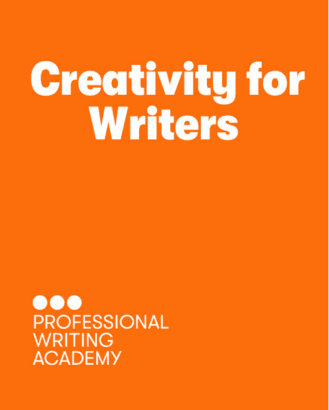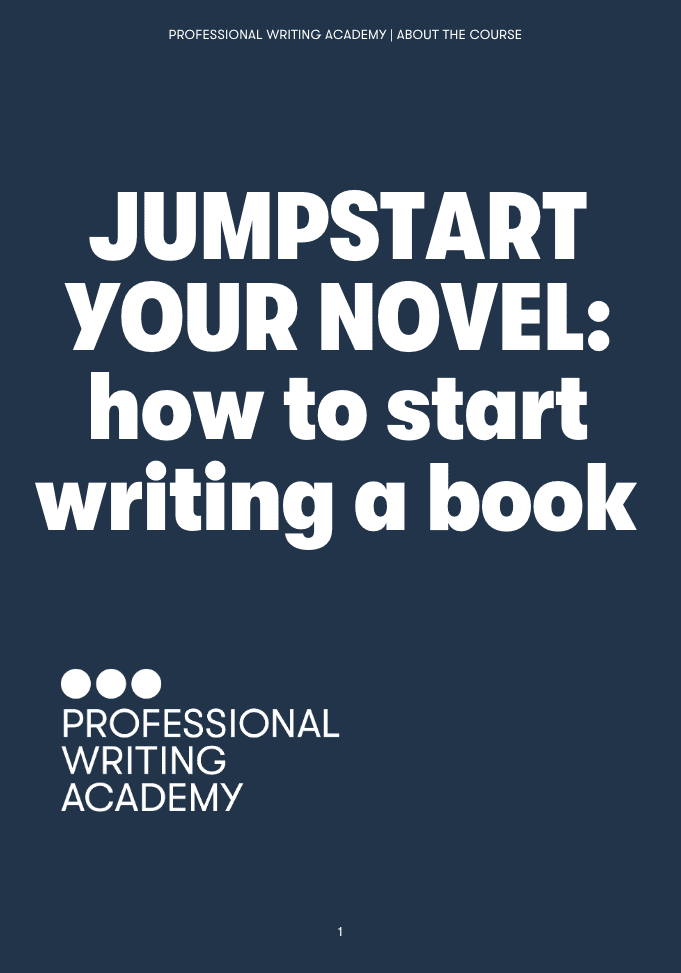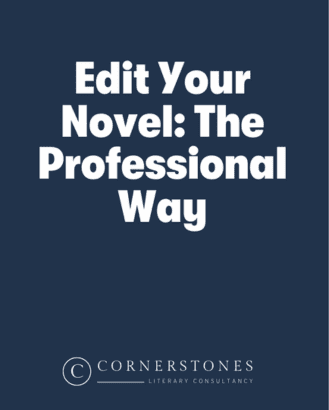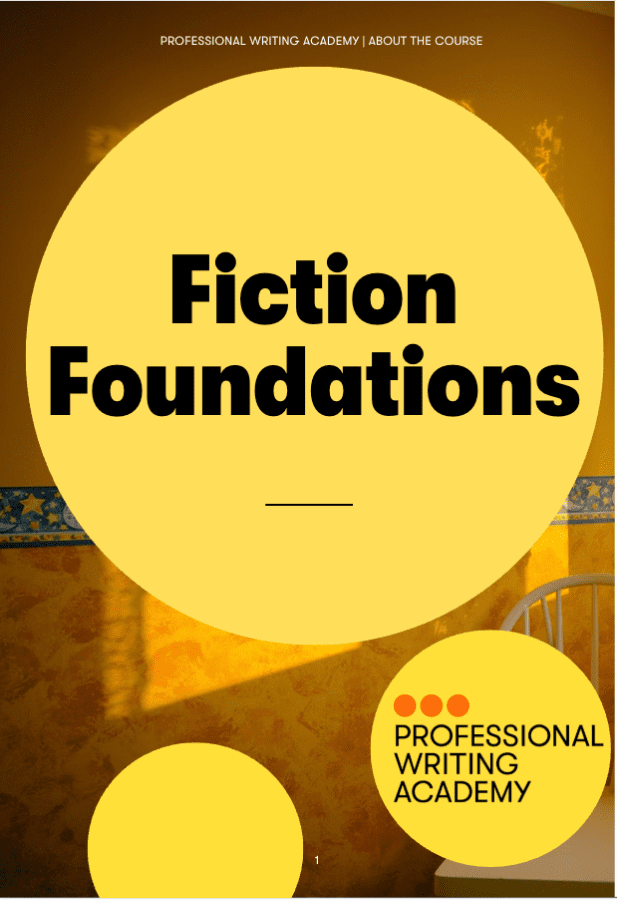Talking on BBC Radio 4’s Front Row, John Yorke explained to Mark Lawson why the midpoint — the thing that happens halfway through the narrative that changes everything — is such an invaluable tool for storytellers:
“I think the midpoint became more and more significant the more I went on looking at stories.
And it’s not just screenwriting; in fact, if you look at A Passage to India it’s the Marabar Caves — everything builds up to the Marabar Caves incident in the middle of the book, then leads away from it…
“Hamlet is another really good example, because the first half of Hamlet is Hamlet’s journey to prove Claudius’ guilt.
Exactly halfway through he proves it, then the second half of the story is “What do I do with it?” And, actually, that’s the shape you find in all archetypal narratives”.
So, what do screenwriting students on the online course make of John’s emphasis on the midpoint?
J. Michael Bradley is an aspiring screenwriter and member of Derbyshire Scriptwriters.
In the first exercise in every session of the course, John asks students to watch films with a specially devised prompt sheet that encourages them to look deeper and spot the elements that make up the structure of stories, from act breaks to inciting incidents.
I got the same feeling you used to get as a kid when something becomes clear for the first time and you see it was hiding in plain sight all along.
– J. Michael Bradley
Mike says:
“I found I enjoyed doing the prompt sheet with the two films more this session, for the simple reason that a lot more seemed to make sense. Such is the way of a good course I should think.
“The act breaks were obvious to me. They have been “out in the open”, as it were, with the TV drama I watch; as most are written, designed and made for the inclusion of advert breaks, I suppose they should be.
“But what really fired me up was the midpoint. I never thought the midpoint would be so clear cut – and so perfectly in the actual middle — of movies, and good Hollywood-star blockbusters at that.
I got the same feeling you used to get as a kid when something becomes clear for the first time and you see it was hiding in plain sight all along.
Now I’ll have to do this every time I watch a movie — or anything else for that matter — at home, I’ve been digging out movies I know well, and forwarding to the precise middle to see what happens at that exact moment. It’s been a bit of a revelation if I’m honest.
“I also enjoyed the critical analysis of Goldfinger and I now see there’s far more at work with the Bond movies and their ilk than just Bond and Babes and Baddies.
I’ve read that this third Bond entry pretty much set the template for the rest of the series and now I see why — it’s all in the construction”.



